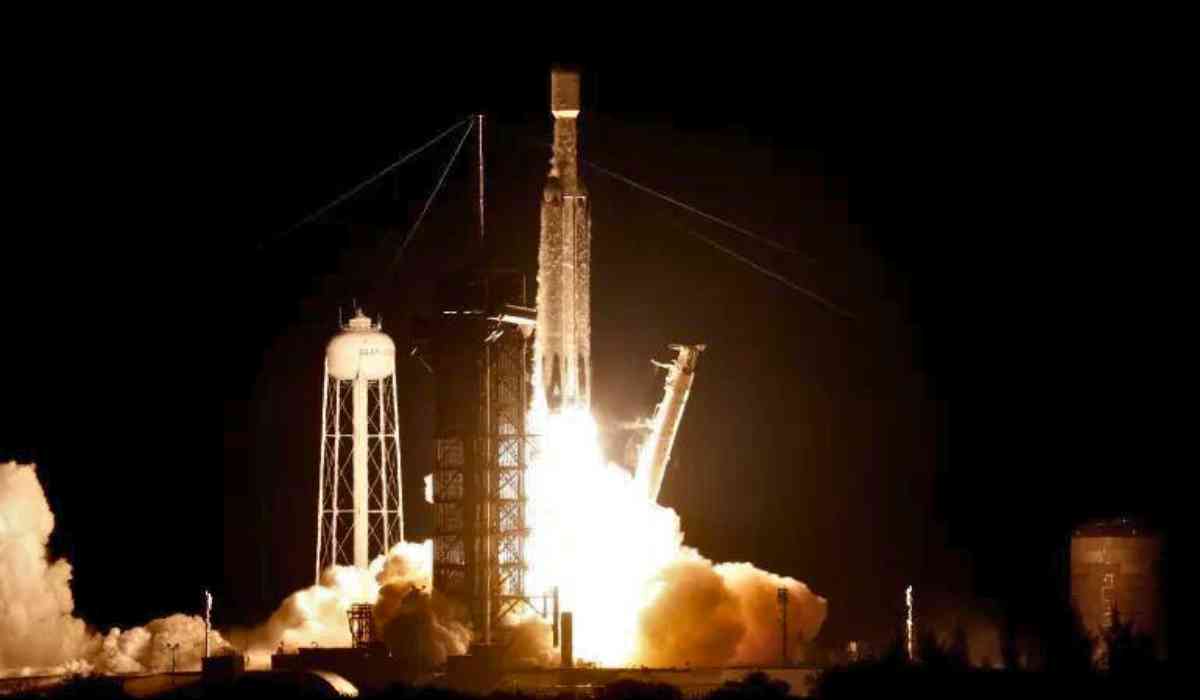The X-37B robotic spaceplane, belonging to the U.S. military, has commenced its seventh mission, marking a significant milestone as it becomes the first to be launched atop SpaceX's Falcon Heavy rocket. This remarkable liftoff from NASA's Kennedy Space Center took place despite the challenges posed by weather delays and technical glitches that were successfully overcome.
Launch and Technical Challenges:
The Falcon Heavy, consisting of three liquid-fueled rocket cores, successfully transported the X-37B to an exceptionally high orbit. Initial setbacks, largely due to weather conditions and technical difficulties, highlighted the intricacy of the mission, ultimately resulting in an awe-inspiring liftoff observed through a SpaceX webcast.
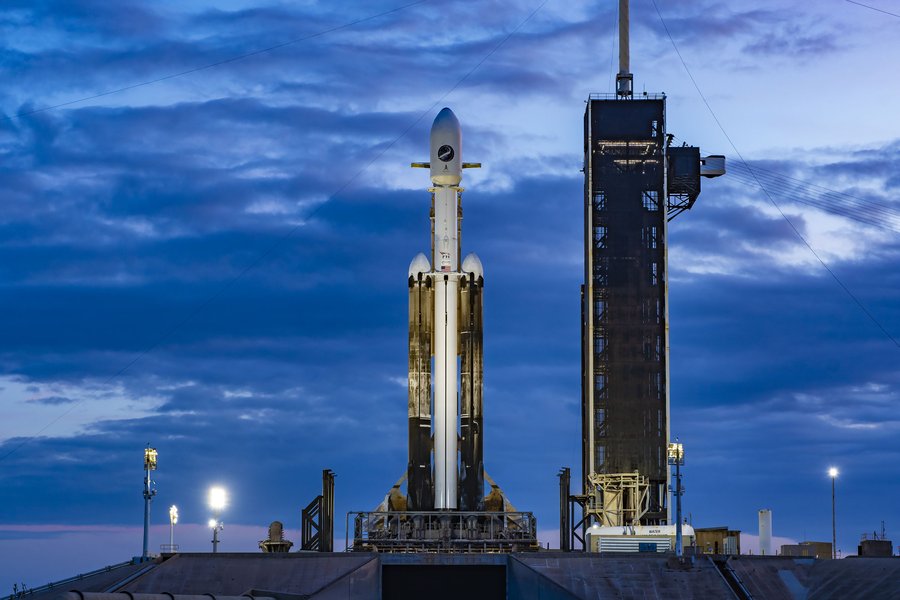
Falcon Heavy
Global Space Dynamics:
The mission aligns with China's Shenlong, also known as the "Divine Dragon," embarking on its third orbital mission, contributing to the ongoing space competition between the United States and China. The Pentagon has maintained confidentiality regarding the specifics, overseeing the X-37B as part of the U.S. Space Force's National Security Space Launch program.
X-37B's Mission Profile:
Designed by Boeing, the X-37B, which bears a resemblance to a small space shuttle, conducts technology experiments and deploys payloads during lengthy orbital flights. In contrast to previous missions, this endeavour represents a shift from low-Earth orbit and has the potential to reach a geosynchronous orbit situated more than 22,000 miles above Earth.
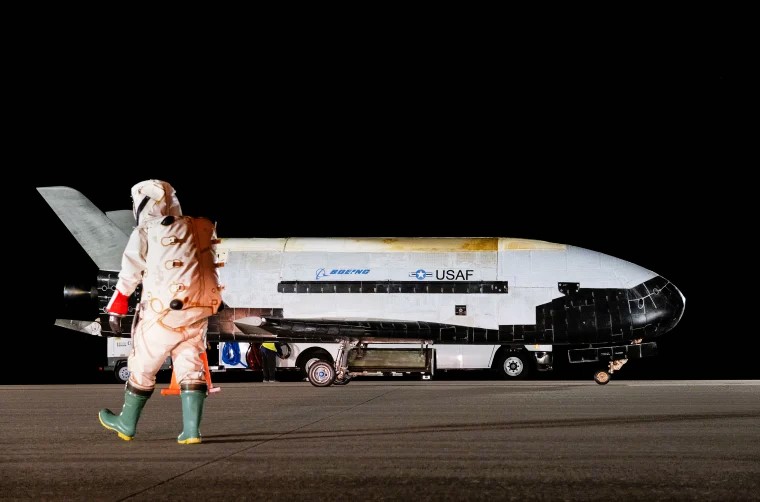
X-37B
New Orbital Frontiers:
The Air Force Rapid Capabilities Office suggests that they will be conducting tests related to "new orbital regimes" and space domain awareness technologies. Speculations in the industry indicate the possibility of a highly elliptical orbit or a trajectory near the moon, which demonstrates the Pentagon's increasing curiosity about lunar exploration.
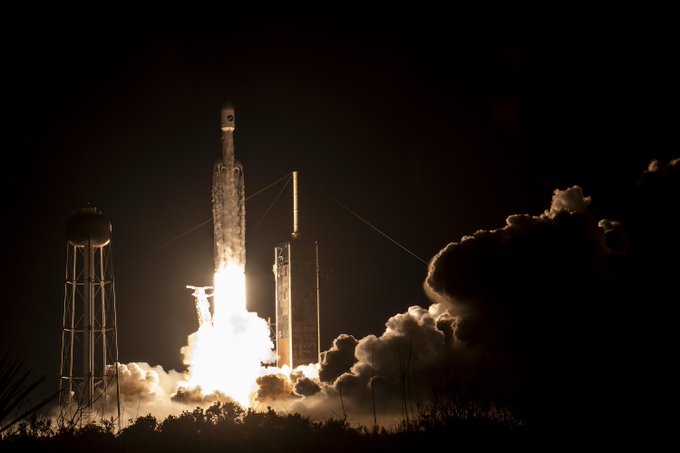
Spaceplane Payloads:
The spaceplane is transporting a payload that has not been disclosed, and it could have significant implications for future lunar missions. There is speculation about the possibility of delivering these payloads near the moon, which could introduce certain challenges when it comes to safely returning to Earth. The specific details of the mission were not shared during the webcast, but they were later confirmed through SpaceX's social media updates.
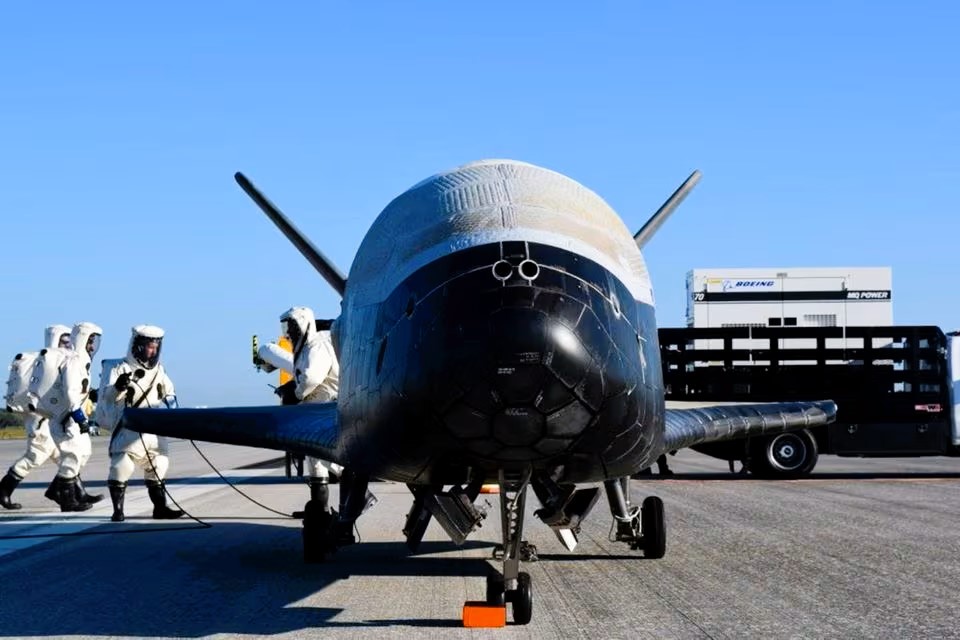
NASA Experiment and Global Competition:
The X-37B is being accompanied by a NASA experiment that aims to investigate the impacts of extended space radiation on plant seeds. This study is in line with the larger objective of growing crops during long space missions, like the ones being planned for the moon and Mars. General B. Chance Saltzman highlights the simultaneous launch of China's Shenlong and emphasizes the strategic importance of synchronized orbital activities.
Conclusion:
In conclusion, the latest mission of the X-37B has achieved remarkable accomplishments in the field of orbital advancements, showcasing the immense potential for groundbreaking discoveries. In a world where various nations strive for supremacy in space exploration, this mission serves as a testament to the unwavering commitment of the United States to push the limits of space technology. As we embark on this ongoing journey, we anticipate gaining invaluable insights that will shape the course of future space endeavours.
Ⓒ Copyright 2023. All Rights Reserved Powered by Vygr Media.

